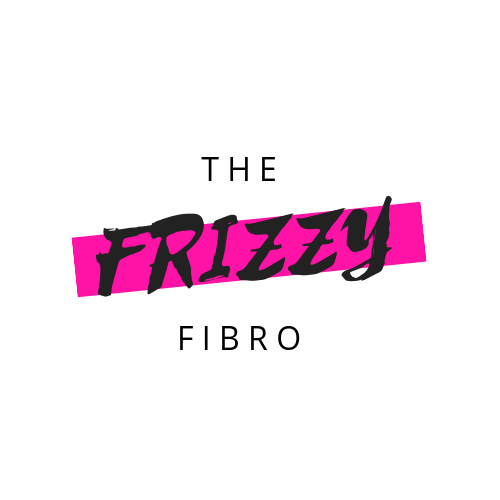
(peep the top of my ortho boot)
I had worked so hard…
This August, on a trip to celebrate my 1 year anniversary of tackling my fibromyalgia, I tripped. More specifically, I fell HARD onto the cobblestone streets of Newport, Rhode Island. I was in sensible shoes, in perfect health (all things considered), and was not rushing or being careless. It was as if my ankle just up and quit on me and took the rest of my corporal body with it.
This is a real setback, coming just in the moment when things were starting to go so well.
Luciano Figueroa
I didn’t deserve this. I had spent an entire 12 months doing everything I could to feel better. I quit my job, changed my diet, paid for every therapy, taken every vitamin that had a chance to help me, challenged myself through every workout – so how could I have been dealt this setback? The immediate flush of anger was almost more extreme than the pain in my ankle/foot.
I was, in a word, miserable. I had worked so hard for an entire year to regain my freedom and independence. My fibro had kept me from friends, family, and fun for the bulk of 2017 & 2018 and I was elated to be able to do so much for the beginning of 2019. Suddenly finding myself with my foot in what felt like a bear trap was debilitating. I was filled to the brim with negative emotions and I could not believe that a simple stumble could have undone a year of hard work in an instant.
This was bad, really bad
Subsequent X-rays and MRI’s would show that my ATFL (Anterior talo-fibular ligament) was completely torn. This ligament runs along the outside of your ankle and basically keeps you from rolling your ankle when you move or stand on your toes. I had to make the decision between surgery or living with it torn (as ligaments to not repair themselves) and going through extensive physical therapy. Due to the complications that my fibro could cause post-operatively, I made the decision to try and rebuild the area with PT and avoid surgery for the time being.
The recovery process began with 8 weeks in an orthopedic boot and 2 weeks of almost no weight bearing. The first 2 weeks I was essentially confined to my 1-bedroom apartment and when I went to work I had a knee scooter to get around. In the weeks that followed, I was allowed to get out for small periods of time, but standing for more than 5 minutes was almost impossible and since it was my driving foot, I was reliant on others for rides that were more than 10 minutes away.
An uphill battle began
My first PT session was a mental nightmare. I had not realized how bad the extent of my injury was because my foot had been inside of the boot. Being asked to roll a ball back and forth or trace the alphabet with my toes was genuinely impossible. I broke into frustrated tears and felt sharp fibro pains shoot up my leg as I attempted the motions. My physical therapist was patient and fed me multiple platitudes like “setbacks only make for bigger comebacks!” For the first few sessions, I was certain it would never get better.
What this time in my life showed me more than anything else was how dependent I was on being well. So much of my identity was hinged on my ability to completely overcome a challenge. I had been proud of my ability to “beat” my fibro into submission and reclaim a “normal” life, so finding myself in more pain than before and unable to do the things I want was disheartening. The pain in my ankle flared all of my symptoms back up and I felt like I had to start from scratch. More than anything, I realized that I had to work on my mindset.
Fibromyalgia was not going to be beat, bested, or put behind me. It was going to be a part of my life for the rest of my life and allowing myself to be this defeated all but guaranteed that I would remain in pain. Stress agitates my symptoms and allowing my mind to stress itself out was detrimental – there were already external stresses that I had no control over, I did not need me on top of it.
A light up ahead
About 5 PT sessions in, I started to notice dramatic changes. I was getting stronger. I was able to transition into a brace and then a compression sleeve. The more that I focused on myself and my well-being, the faster I progressed. I was grateful for the friends and family who recognized the toll being at home was having on me and reached out to offer rides or come over and spend time with me.
I am technically still supposed to be in a support brace most days, but I said goodbye to my brace (with the blessing of my PT) back in November. I have blown the expectations my recovery team had for my rehabilitation out of the water and I am not prepared to stop now. Does my ankle still hurt on rainy days? Is it swollen a few days out of the week? Am I likely never going to be able to fully trust it the way I could before? “Yes” to all of these questions. But also “Yes” to living life on my terms and at my own pace.
I would love to hear about obstacles you have overcome – whether they were chronic illness related or not. Let me know down below!


